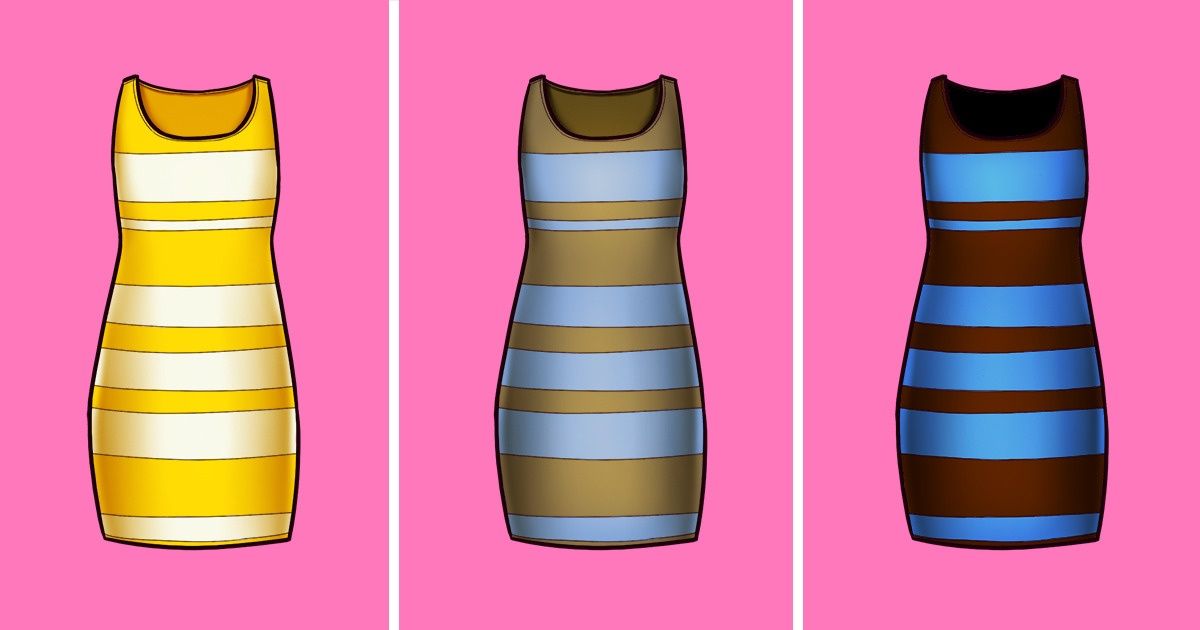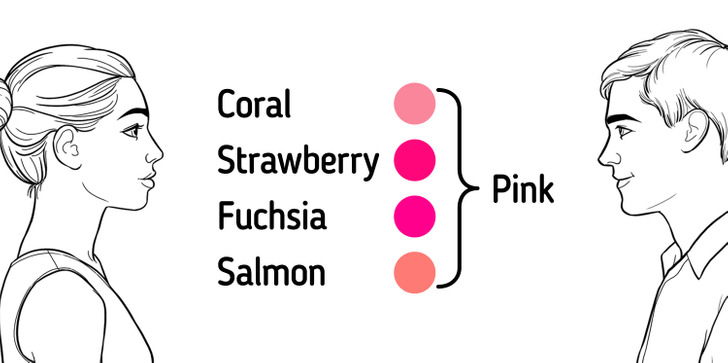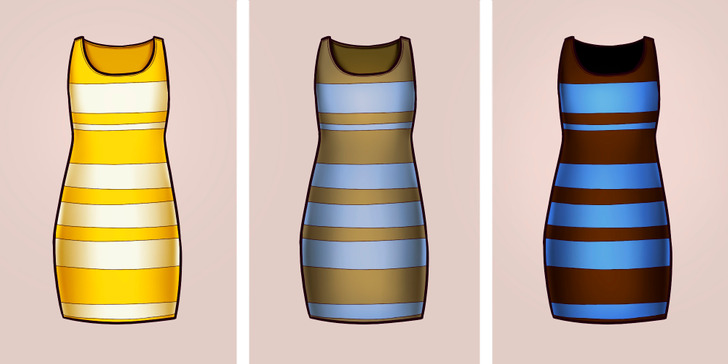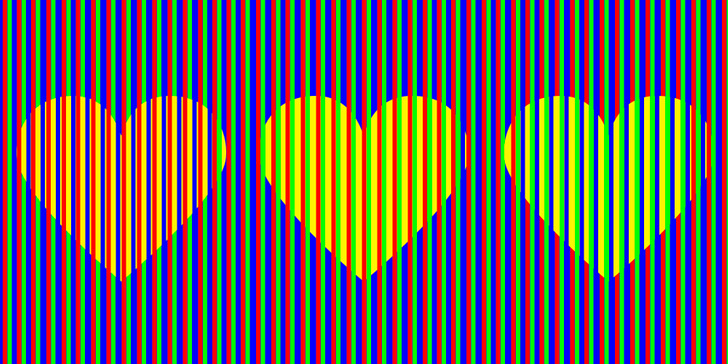Why Some People See Colors Differently Than Others Do

We all perceive colors in different ways. For some people, the color pink is just pink, while others can distinguish multiple shades of the hue.
5-Minute Crafts decided to find out why different people see colors differently.
Men and women perceive colors and shades in different ways.

Scientists say women are better at understanding colors, while men excel at tracking fast-moving objects and recognizing details from a distance. Perhaps this is an evolutionary adaptation linked to our hunter-gatherer past.
Research has shown that women have a broader vocabulary for colors and can remember shades such as salmon, strawberry, and more. But is this the only reason why men and women perceive colors differently?
Recent studies indicate a significant variance in a gene located on the X chromosome, which codes for a protein that detects light in the long-wavelength (red/orange) regions of the color spectrum. Since women have 2 copies of the X chromosome, they may have 2 different versions of this gene, and therefore, women may have a better ability to distinguish between light in the longer wavelength regions of the color spectrum. In conclusion: women can potentially perceive a wider range of colors in the long-wavelength region than men.

After the photo of this dress divided humanity into 2 groups (some saw it in blue with black stripes, and others saw it in white with gold stripes), scientists became interested in this phenomenon.
Currently, there is no consensus on why the famous dress caused such a contradictory perception among people, regardless of their gender and age. Some neuroscientists believe that different opinions are the result of how the human brain perceives color. This ability in humans was developed in the process of evolution so that they could better navigate in space and distinguish objects. Our visual system has to discard information about the light source and extract information about the actual reflection. This is all very complicated, and to put it simply, the reason lies in an optical illusion due to incorrect light output: in part, due to the fact that the photo was processed.
Why we see colors differently

The picture above shows a Munker-White optical illusion. The multi-colored stripes in the picture create the illusion that the hearts have 3 different shades. However, they are all the same color: yellow.
There is a complex connection between the wavelengths of light in the visual spectrum and human perception of color. Simply put, color is the sensation that a person receives when light rays hit the retina. It’s a subjective psychological phenomenon. The perception of color is highly dependent on the context in which the perceived object is presented. Research has shown that we perceive colors differently depending on gender, national origin, ethnicity, geographic location, and the language we speak. In other words, there is nothing objective about colors.
Due to the fact that the number of photoreceptors in the human retina is not constant, our brain must be able to automatically regulate the incoming data from the retina. Thus, individual variation in color perception can’t be solely a matter of the nature and number of cones (or photoreceptors) in the retina. It can also be a result of the fact that people with different numbers of cones calibrate the input from the retina differently.